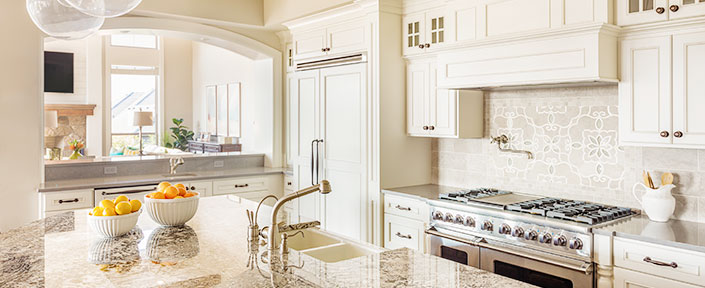Atlanta Interior Painting – How to Treat Mold Areas Before Painting
 Mold is both a cosmetic and health concern. In addition to looking unpleasant, mold has been linked to allergic reactions, asthma, sinus infections and other health problems. While you may think that you can solve the problem by simply painting over the mold, paint that is applied over moldy surfaces is likely to peel off later on. Treat the moldy areas properly before painting and you’ll save yourself from wasting time and money.
Mold is both a cosmetic and health concern. In addition to looking unpleasant, mold has been linked to allergic reactions, asthma, sinus infections and other health problems. While you may think that you can solve the problem by simply painting over the mold, paint that is applied over moldy surfaces is likely to peel off later on. Treat the moldy areas properly before painting and you’ll save yourself from wasting time and money.
Mold
Mold grows indoors when mold spores, which float through the air, land on a wet surface. This is why wet and damp areas, such as leaky ceilings and poorly ventilated bathrooms, are prone to developing mold. Mold is a particularly troublesome problem in areas with high humidity, such as Atlanta, Georgia and other Southern cities.
What to Wear
Before treating the mold areas so that you can start your Atlanta interior painting, you need to properly protect yourself. Wear a N95 respirator, which is a mask that fits over your nose and mouth and is available at many hardware stores. The mask protects you from the mold by filtering particles out of the air that you breathe in. You will also need gloves and goggles. For greater protection, wear long gloves that extend up your forearms. Make sure that the goggles securely fit over your eyes and do not have any holes.
 Cleaning and Treating
Cleaning and Treating
Move all furniture away and cover the floor. To first clean the area, fill a bucket with hot water and mix in some detergent. Scrub the area with the mixture using a stiff brush or scrubber, rinse and let dry. While the detergent will lift the mold off, you need bleach to actually kill it. Some people prefer not to work with bleach because of its toxic chemicals. If you do decide to use bleach, make sure that the area is well-ventilated. Using a towel, wipe the cleaned area with the bleach and water mixture. Once the area is thoroughly dry, you can then continue with your wall paint.
Hiring a Contractor
You may want to hire a contractor to do the cleanup if the mold covers a large area. Check to see whether the contractor has experience with mold and is familiar with professional or governmental guidelines regarding mold removal. Just like you would before hiring any other professional, check references and reviews from other customers.

